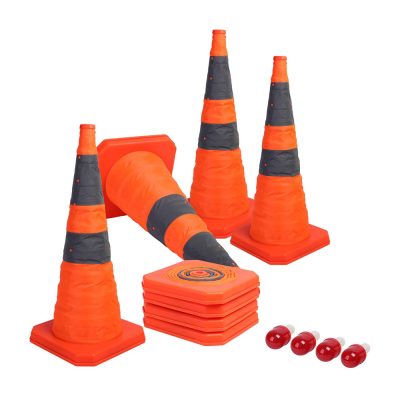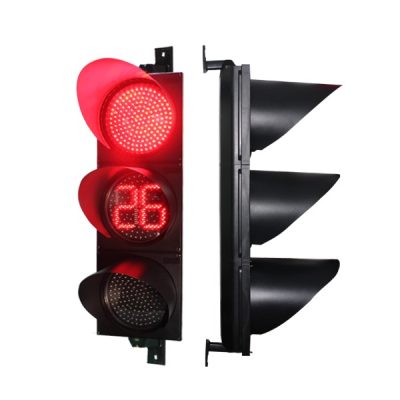Traffic signals play a crucial role in managing traffic flow and ensuring road safety. Their primary functions include:
- Regulating Traffic Flow: Traffic signals control the orderly movement of vehicles and pedestrians at intersections and other critical points on the road. They allocate the right-of-way to different directions of traffic, minimizing conflicts and congestion.
- Enhancing Safety: One of the foremost roles of traffic signals is to improve road safety. They reduce the risk of accidents by coordinating the movements of vehicles and pedestrians, preventing collisions, and enforcing rules of the road.
- Assigning Right-of-Way: Traffic signals assign right-of-way to various traffic movements. For example, they allow one direction of traffic to proceed while others are stopped, preventing potentially dangerous situations where vehicles might collide.
- Controlling Speed: Traffic signals help regulate vehicle speed. When a signal changes from green to yellow and then red, it signals drivers to slow down and eventually stop. This controlled deceleration reduces the risk of high-speed collisions.
- Managing Conflicting Movements: At complex intersections, traffic signals help manage conflicting movements, such as left turns across oncoming traffic. By providing protected green arrows for specific turns, signals reduce the likelihood of side-impact accidents.
- Pedestrian Safety: Traffic signals incorporate pedestrian walk signals, indicating when it is safe for pedestrians to cross the road. This is especially important in urban areas, where pedestrian and vehicular traffic interact frequently.
- Reducing Red-Light Running: The presence of red-light signals and enforcement through red-light cameras discourages drivers from running red lights. This promotes safe driving behavior and reduces the risk of broadside collisions.
- Enforcing Traffic Laws: Traffic signals provide a visual and legal means of enforcing traffic laws. Drivers are required by law to obey traffic signals, and violations can result in fines and penalties.
- Emergency Vehicle Preemption: Some traffic signals are equipped with emergency vehicle preemption systems that allow emergency vehicles to override the signal and proceed through the intersection safely and quickly, aiding in rapid emergency response.
- Coordinating Traffic: In urban areas, traffic signals can be synchronized to create a “green wave” that allows vehicles to travel at a steady pace without unnecessary stops. This reduces congestion, minimizes fuel consumption, and improves traffic flow.
- Data Collection: Modern traffic signals often incorporate sensors and cameras that collect data on traffic patterns. This data can be used for traffic management, planning, and future road improvements.
- School Zone Safety: Traffic signals are often installed near schools to ensure the safety of children crossing busy roads. Signals help manage the increased traffic volume during school drop-off and pick-up times.
In summary, traffic signals are a fundamental component of road infrastructure that serve to organize and control the flow of traffic, reduce conflicts, and promote road safety. Their presence and proper operation are essential for maintaining efficient and safe roadways.
























